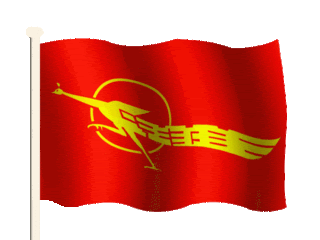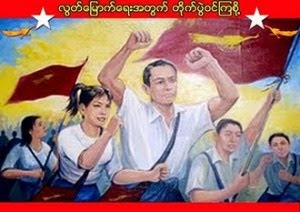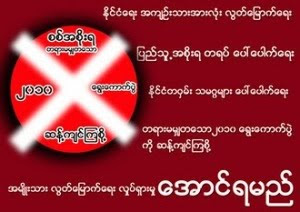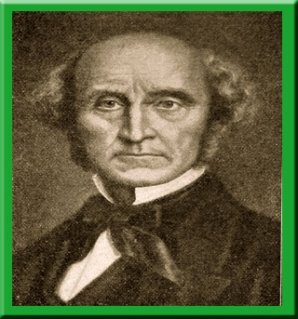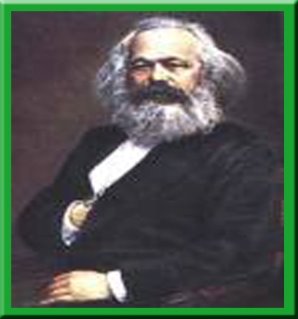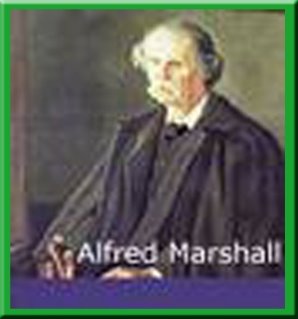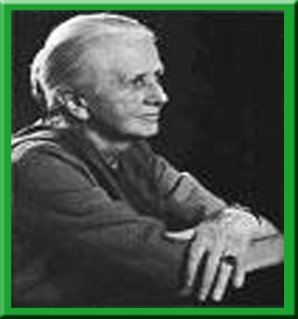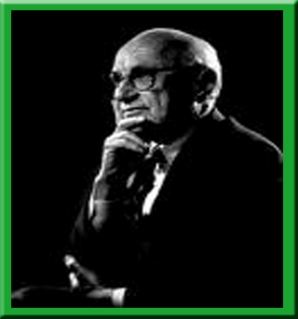“Further nuclear-armed states are likely to have military-run or weak civilian government; they will lack the positive constraining mechanisms of civilian control while military biases may serve to encourage nuclear weapons use, especially during crisis”……….Sagan and Waltz
Introduction
On 6th of February, the Foreign Minister of Burma claimed his support of nuclear proliferation of Iran. This is not the first time that the military regime of Burma openly mentions about its favor in nuclear technologies. It has announced to join the nuclear club since 2002.
Although its claims are based on civil use and medical research facilities, its actions to seek nuclear technologies and possible nuclear weapons are more obvious by means of sending the military engineers to Russia to study nuclear science and establishing the secret nuclear plants inside Burma.
In this article, I would like to discuss why Burma is a potential nuclear threat to the world.
Weapons of Mass Destruction (WMD)
Two main categories of weapons include weapons of mass destruction (WMD) and conventional weapons. The first category includes chemical, biological, radiological and nuclear weapons, while the latter includes small arms and light weapons (SALW). Although SALW was less paid attention, WMD has traditionally been the targets of national and international arms control efforts.
Since the end of Cold War, concerns about the WMD especially the proliferation of nuclear capabilities has increased on the global agenda. The UN report estimates that for a city of a million inhabitants distributed over 120 square nm, explosion of one-megaton weapon would destroy all the buildings and kill or seriously injure 90 percent of the people within a radius of about 1.5nm. It is understood that the largest weapon produced by Russia is a 100-megaton weapon. A nuclear weapon can produce its energy in 3 distinct forms of blast, heat radiation and nuclear radiation. It also has another feature of electro-magnetic pulse (EMP) that can cause acute disruption to electronic equipment. (Grace 1994:1)
Nuclear technologies
According to Nuclear physics, there are two different methods of producing energy through nuclear fission.
One is to maintain a chain reactor, at a steady controlled rate over a long period in a nuclear reactor
The other is to produce an enormous sudden release of energy in an explosion.
The cheapest fuel for a fission reactor is natural uranium both containing both U235 and U238. The design objective of a fission reactor is to operate at a constant controlled level for long periods of time, with the purpose of producing commercial power, plutonium for nuclear explosives or neutrons for research and the manufacture of artificial isotopes.(Legault & Lindsey, 1976:24)
In contrast, the design objective of a fission bomb is to release a very large amount of energy in a short time. The presence of U238 will ensure that plutonium is created as long as the reactor is operated, a significant factor for the control of materials capable of being made into nuclear weapons.
In addition, if materials containing light fusible nuclei are placed around a fission bomb, detonation of this bomb can raise the temperature sufficiently to trigger the fusion process. The main fusible nuclei are the heavy isotopes of hydrogen deuterium (H2) and tritium (H3). Such a bomb is called a thermonuclear weapon. But mostly fission bombs are called atomic bombs or
A-bombs and fusion bombs are called H-bombs.
Khin Ma Ma Myo (11/2/2007)

